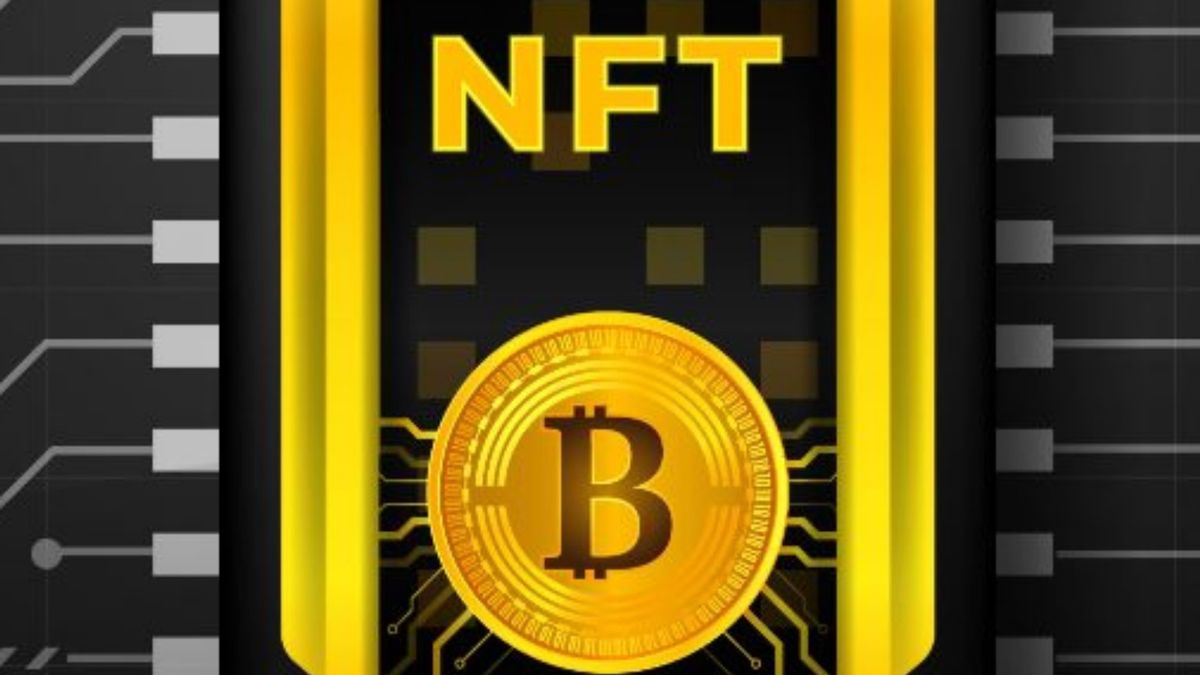JAKARTA - Bitcoin NFT has been the center of attention in recent days, especially after the emergence of a new project called Ordinary. This project has allowed content creators to take advantage of NFT directly from the Bitcoin blockchain, creating the original Bitcoin NFT.
This phenomenon has caused a stir in some circles, which is now discussing whether this is a way that Bitcoin blockchain should use, and how cases of this new use will affect the nodes and costs of Bitcoins in the future.
One of the main factors that allows the adoption of Bitcoin NFT is the increase in Taproot in November 2021, thus extending the duration of Bitcoin transactions and allowing Bitcoin NFT to be stored directly in the network.
Then what are Bitcoin Ordinarys? This article will explain its meaning and function so that it allows creators to create NFTs in the Bitcoin blockchain.
Definition of Bitcoin Ordinarys
Bitcoin Ordinarys are a new way to use and obtain content using Bitcoin that allows creators to take advantage of the use of NFT (non-fungible tokens) directly from blockchain, which essentially creates genuine Bitcoin NFTs.
According to information from its official document page, the Ordinals provides individual identities to the satoshi, which allows the satoshi to be tracked, transferred, and has significant value. One satoshi, not one bitcoin, is the smallest atomic currency or unit of the Bitcoin network, and can be divided into up to 100,000,000 satoshi.
Interestingly, ordinal theories can be implemented without sidechain or additional tokens other than Bitcoin. Thus, this theory can be implemented without requiring changes to the Bitcoin network, and can be run at this time.
Through ordinal theory, satoshi is given a numerical value, so it can be collected and traded as a collectible. Satoshi units can be engraved with any content, creating unique digital artifacts that can be stored in Bitcoin wallets and transferred through Bitcoin transactions.
The uniqueness of these artifacts lies in its long-lasting, irreversible, secure, and decentralized nature such as Bitcoin itself. Thus, ordinal theory provides an opportunity to produce original Bitcoin digital artifacts that have valuable and significant value for Bitcoin collectors and fans.
In this way, every content stored on the blockchain via the Ordinary must be synchronized by every node out there, thus extending the lifespan of the blockchain itself. Bitcoin Ordinarys provide unique benefits for content creators and users, and become a discussion topic among blockchain users and developers about how this new use case will affect the nodes and costs of Bitcoin in the future.
The Ordinary Project allows anyone to create Bitcoin NFT as part of its function, and is accidentally opened by the Bitcoin network's upgrade to Taproot in November 2021, which extends the duration of Bitcoin transactions to almost all block sizes.
Prior to Taproot, Bitcoin transactions were only 80 bytes in size, thus limiting the usability of what was stored in the block space. Now, with Taproot, Bitcoin NFT can be stored directly in chains, enabling the benefits of Bitcoin's portability, durability, and decentralization.
For your information, Taproot is a planned upgrade to a Bitcoin network designed to improve privacy, scalability, and transaction flexibility on the Bitcoin blockchain. Taproot will allow more transactions to be included in one block, thereby increasing the efficiency of using block space on blockchain.
In addition, Taproot will also increase transaction privacy by allowing the use of a more complex multisig (joint signature) scheme, thus hiding the number and recipient of the transaction.
Bitcoin Ordinary Function
Bitcoin's main function is to allow content creators to store content directly on the Bitcoin blockchain via an NFT (non-fungible token). By using Ordinarys, content creators can create unique Bitcoin NFTs, which are automatically stored within the blockchain and accessible to anyone with proper ownership.
In addition, Ordinarys also provide portability, durability, and decentralization benefits that are characteristic of Bitcoin. Every content stored on the blockchain through the Ordinary must be synchronized by every node out there, thus providing a long life of the blockchain itself.
Thus, Ordinarys allow users to have full control over the content they create and provide assurances that the content will continue to be on the blockchain for a long period of time. This opens up new opportunities to leverage blockchain and NFT technology in the creative and art fields, and provides the potential to create a new Bitcoin NFT market.
Ordinary Controversy
Although NFT Bitcoin has become a topic of conversation among NFT creators and Bitcoin users or developers. However, the emergence of this new feature, which allows anyone to create a Bitcoin NFT as part of its function, has reaped the pros and cons.
Not a few debate the true function of the network and what constitutes an attack on the Bitcoin ecosystem. There are already two groups divided into this public debate: those who support the new face of Bitcoin and those who believe that this is a spam attack that should be avoided and even censored.
This controversy is heating up even more along with the increasing popularity of the Bitcoin Ordinarys. Thus, the understanding of Ordinary, its functions, and controversies!
The English, Chinese, Japanese, Arabic, and French versions are automatically generated by the AI. So there may still be inaccuracies in translating, please always see Indonesian as our main language. (system supported by DigitalSiber.id)













